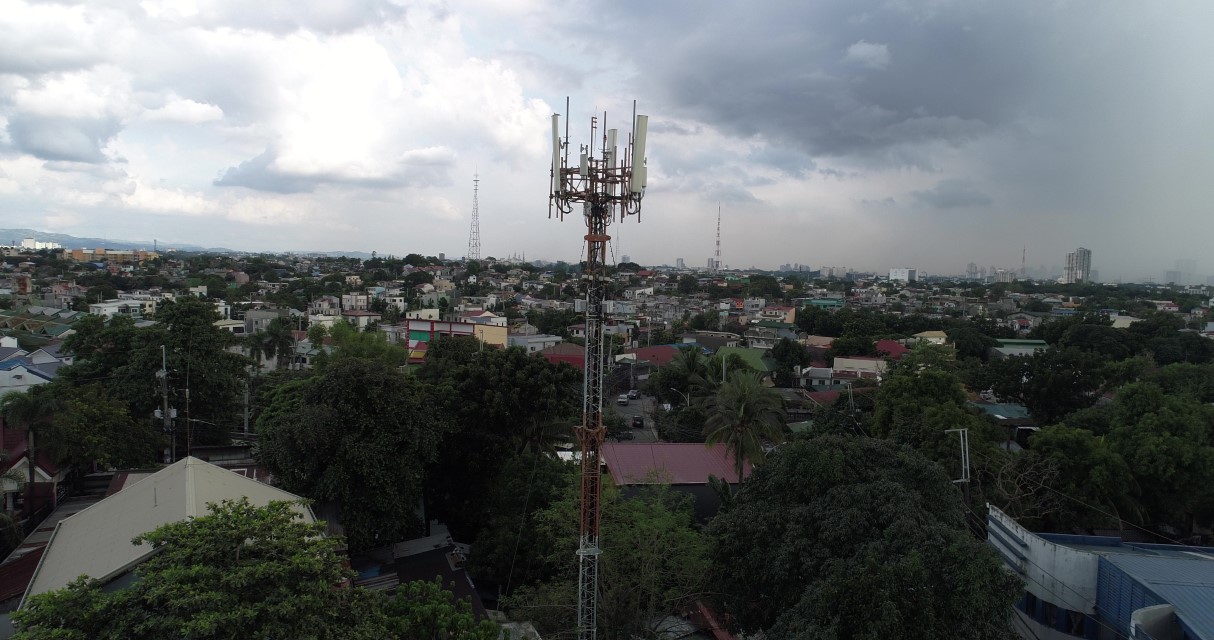The House of Representatives has approved on third and final reading, House Bill 10388, or the “Housing Development Digital Connectivity Act,” which mandates the allocation of an area in subdivisions or villages for ICT infrastructure.

According to the bill, all housing projects, subdivisions, villages, or other residential real property, including socialized or economic housing shall allocate an area within its designated open space for the establishment of ICT infrastructure and related amenities.
Section 31 of Presidential Decree (PD) No. 957, (previously amended by PD 1216), which mandates the developer of a subdivision to allocate open space for parks, playgrounds, and recreational use, is now further amended by the bill to include ICT infrastructures. The area set aside for ICT infrastructures shall be donated by the owner or developer to the city or municipality and it shall be mandatory for the local governments to accept. No portion of the parks and playgrounds donated thereafter shall be converted to any other purpose.
Homeowners’ associations in existing subdivisions, on the other hand, shall provide an area in the open space mandated under Section 31 of PD 957, as amended by this Act, where ICT infrastructure and facilities shall be established.
All ICT infrastructure and facilities, particularly passive telecommunications tower infrastructure (PTTI), to be built in future housing subdivisions and existing subdivisions shall be non-exclusive and shall be accessible for shared use by ICT providers.
Furthermore, the DICT and the National Telecommunications Commission (NTC) shall prepare a comprehensive locational plan that identifies the sites for the construction and establishment of ICT infrastructure and facilities in accordance with the comprehensive land-use plan and zoning ordinance of each local government unit.
The DICT will also partner with the DHSUD, DILG, DOH, and FDA, in coordination with ICT providers to conduct an information campaign to address the safety concerns on the radiofrequency radiation emitted by telecommunications towers.
The approval of the bill is a big advantage to telcos as it will help them improve coverage and network quality. PLDT and Smart are some of the firsts to applaud the passage of the bill.
“This welcome development will help ease the roadblocks that telecommunications companies experience in their rollout especially in subdivisions as many homeowners’ associations and communities still prohibit the construction of cell sites and other telecommunications infrastructure due to perceived health risks, aesthetic reasons, among others,” said PLDT-Smart president and CEO Al Panlilio.
source: Congress.gov.ph

YugaTech.com is the largest and longest-running technology site in the Philippines. Originally established in October 2002, the site was transformed into a full-fledged technology platform in 2005.
How to transfer, withdraw money from PayPal to GCash
Prices of Starlink satellite in the Philippines
Install Google GBox to Huawei smartphones
Pag-IBIG MP2 online application
How to check PhilHealth contributions online
How to find your SIM card serial number
Globe, PLDT, Converge, Sky: Unli fiber internet plans compared
10 biggest games in the Google Play Store
LTO periodic medical exam for 10-year licenses
Netflix codes to unlock hidden TV shows, movies
Apple, Asus, Cherry Mobile, Huawei, LG, Nokia, Oppo, Samsung, Sony, Vivo, Xiaomi, Lenovo, Infinix Mobile, Pocophone, Honor, iPhone, OnePlus, Tecno, Realme, HTC, Gionee, Kata, IQ00, Redmi, Razer, CloudFone, Motorola, Panasonic, TCL, Wiko
Best Android smartphones between PHP 20,000 - 25,000
Smartphones under PHP 10,000 in the Philippines
Smartphones under PHP 12K Philippines
Best smartphones for kids under PHP 7,000
Smartphones under PHP 15,000 in the Philippines
Best Android smartphones between PHP 15,000 - 20,000
Smartphones under PHP 20,000 in the Philippines
Most affordable 5G phones in the Philippines under PHP 20K
5G smartphones in the Philippines under PHP 16K
Smartphone pricelist Philippines 2024
Smartphone pricelist Philippines 2023
Smartphone pricelist Philippines 2022
Smartphone pricelist Philippines 2021
Smartphone pricelist Philippines 2020
Katie Han says:
I know many might be worried about the radiation emitted by the towers affecting one’s health so I hope they properly address this as well. We need better internet but we also need to be assured of our health.
Natalie says:
I believe that having cell sites in subdivisions/villages would allow for more people to get better connectivity, which I’m sure everyone wants. It’s gonna be the health concerns that’s going to be a challenge for the telcos.
Sparrowhawk says:
We don’t need more cell towers for better Internet, that is what fiber optic is for.
Cyndi says:
Globe has been building a tower in our subdivision, on a very small (100 sqm) lot with almost no distance from adjacent houses — causing serious public physical and mental stress in the community…
Connectivity over peace and health? Is that even an acceptable collateral damage? Is this even legal?